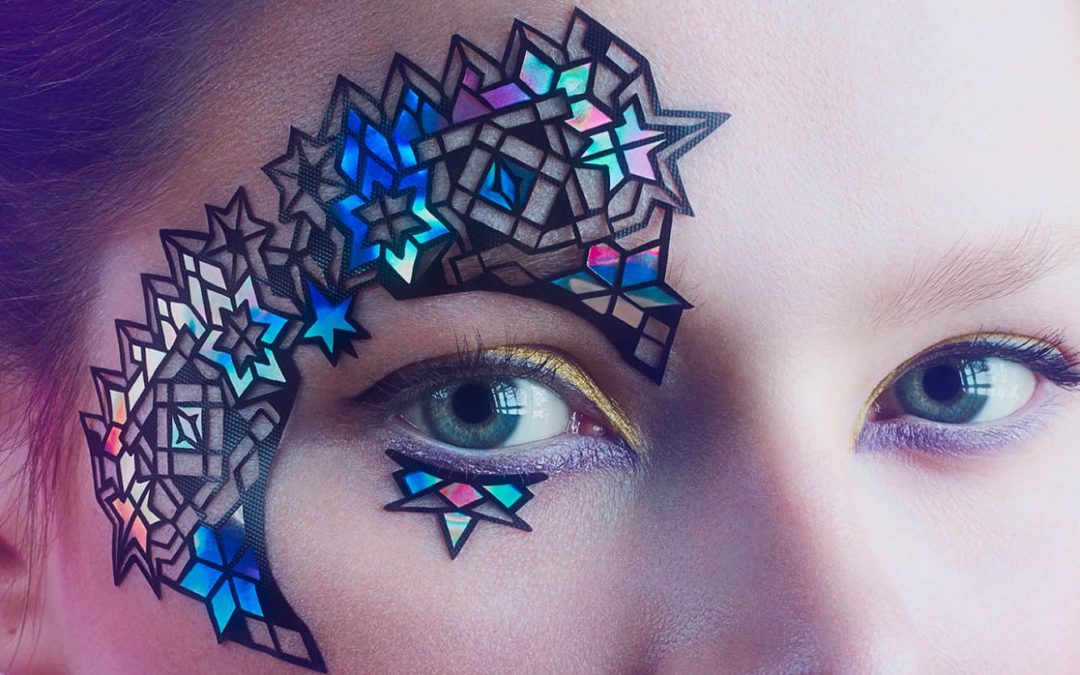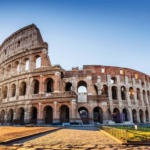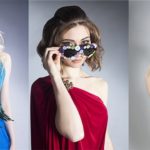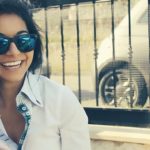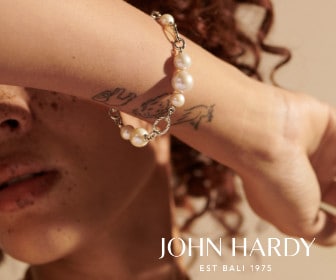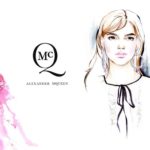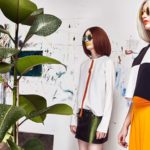Face Lace by Phyllis Cohen
Phyllis Cohen started her career as a Fashion Illustrator. Whilst attending the prestigious Art Centre College in California, her style caught the attention of fashion photography students who encouraged her to do makeup for their photoshoots. Upon completion of her illustration course, she graduated with two portfolios: one for makeup and one for illustration.
When did you decide to study illustration?
I studied fashion illustration straight after high school at the art center in Pasadena California. After a year of study, I thought it would also be useful to learn fashion design to understand clothes better and went to the fashion institute of design, and Merchandising in downtown LA. I was terrible at pattern cutting but quite enjoyed learning to drape fabric. The teachers said I had interesting ideas, but my designs looked all very two dimensional, as I was used to designing on paper only.
Tell us about your fascination with faces?
I have always drawn faces since I was little. On my illustration course, we had many portraits drawing classes. I loved these and felt it is an essential skill to understand how lighting works on faces. Makeup essentially mimics how the shadow falls on beautiful facial features.
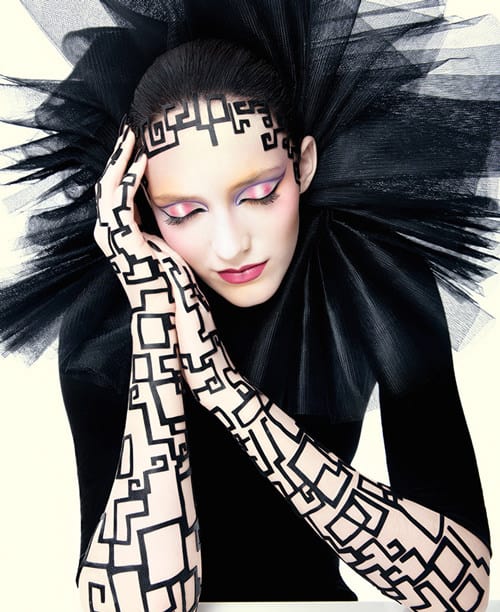
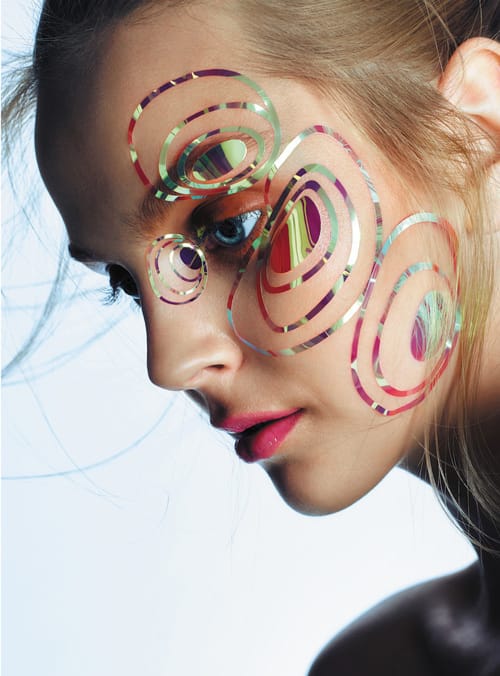
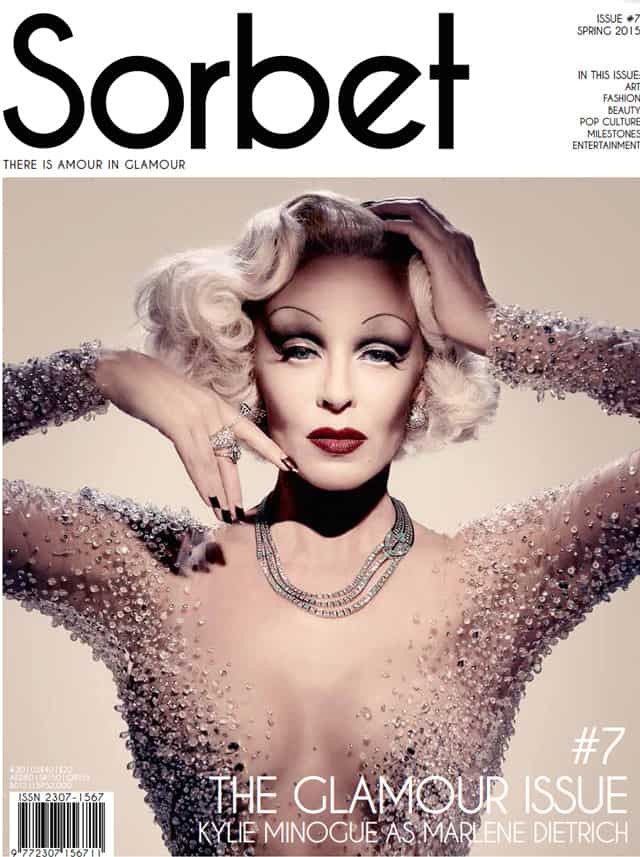
How your master’s in Fine art influence your career today?
I went to a very Conceptual Art school for my Master’s degree in Fine Art in London, the same school as Damien Hirst. I learned to really study art history, art theory, psychology, social science, and especially perceptual science to understand how the eye and the brain work together to see “beauty”. This research into perceptual science rekindled my love of makeup as it gave such a new and clear insight into how makeup works. It is easy to find out what we are supposed to do to contour and highlight the face, but perceptual science can explain why highlighting and shading on areas of the Face fools the eye. Sometimes I see some pretty crazy tutorials of how to do shading and think the person doing them
Really has no idea- they have just put shading in an area of the face where it would be dark on a man and therefore made the face look masculine.
What does beauty mean to you?
Scientists have finally figured out the way to program a computer to see “beauty” the way humans do. They did it by getting the computers to see the facial features individually then put them together. Contrary to popular belief, it is not just about perfectly proportioned features- this, in fact, makes a face kind of “forgettable ” and indistinctive. We find beauty in the individual features and the way they uniquely fit together. I like this theory very much. It ties more into the fun of makeup- to enhance one or more of your features to really stand out in a unique way.
Beauty is something that is constantly changing, how would you define it today?
I like the way fashion dictates different focal points of color each season. Of course, this keeps the cosmetics industry exciting, but it is also OK to stick with a classic look that can be subtly updated with a slightly different texture.
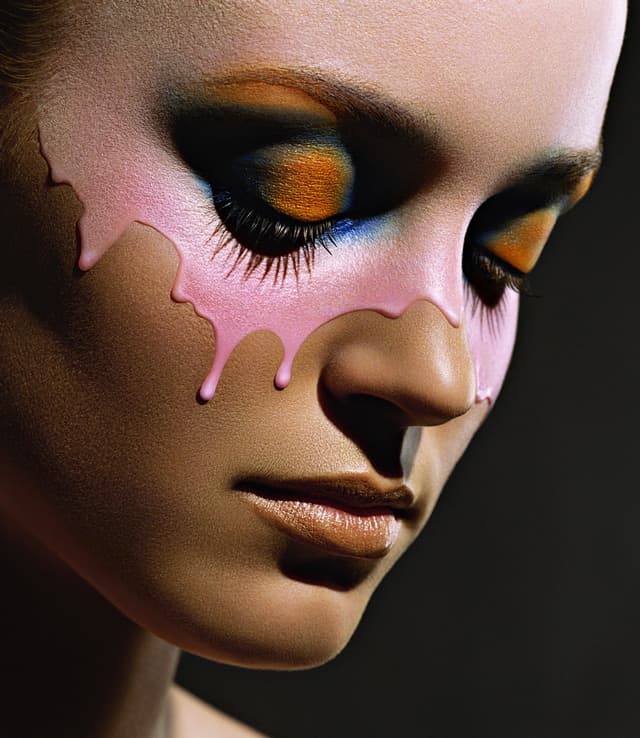
How did you enter in the fashion world?
I was very lucky that the school where I studied fashion
Illustration all those years ago also had a fantastic fashion photography department. I started doing makeup for fashion photography doing heir class assignments. When they graduated and began to get work they continued to use me for paid work.
Tell us about your experience in the as a makeup artist
In LA when I started as both MUA and illustrator the bulk of the work was music, celebrities and a very tiny bit of fashion. I had Fed my love of fashion on a diet of Italian and French Vogue magazines. So when some of the photographer’s friends set up In Milan I decided to try my luck there as well. I got some great editorial work there, and Jen went to London for what I thought would be a one month trip.
I ended up staying for 30 years. I love the way, the English celebrates the eccentric it gives British fashion the best edge! I arrived in London at the height of the New
A romantic era whose stars loved intricate detailed painterly makeup. Unbeknownst to me, I arrived in London at exactly the perfect time for my career
Tell us about face lace?
The idea of face lace started in the ’80s when I used to make colored latex pieces with crystals to use on catwalk shows for Zandra Rhodes. After 25 years I figured out the materials to use to make them with technology. I saw that again makeup artists were beginning to make their own pieces for catwalk drama so I thought now is the time to make this a business.
Which material do you use to create face lace?
I use a combination of very thin vinyl and hypoallergenic adhesive
Which inspiration you use at the moment you create a new piece?
Right now I looking at renaissance grotesque decorations and I always play around with new materials, for summer I have used a lot of holographic materials as they look so amazing in the sunlight
To know more about Phyllis, please visit: Face Lace
